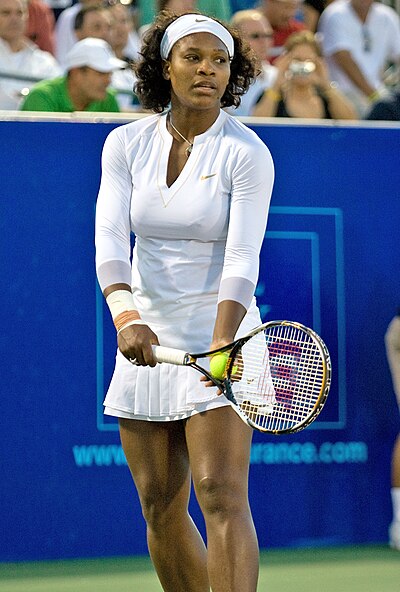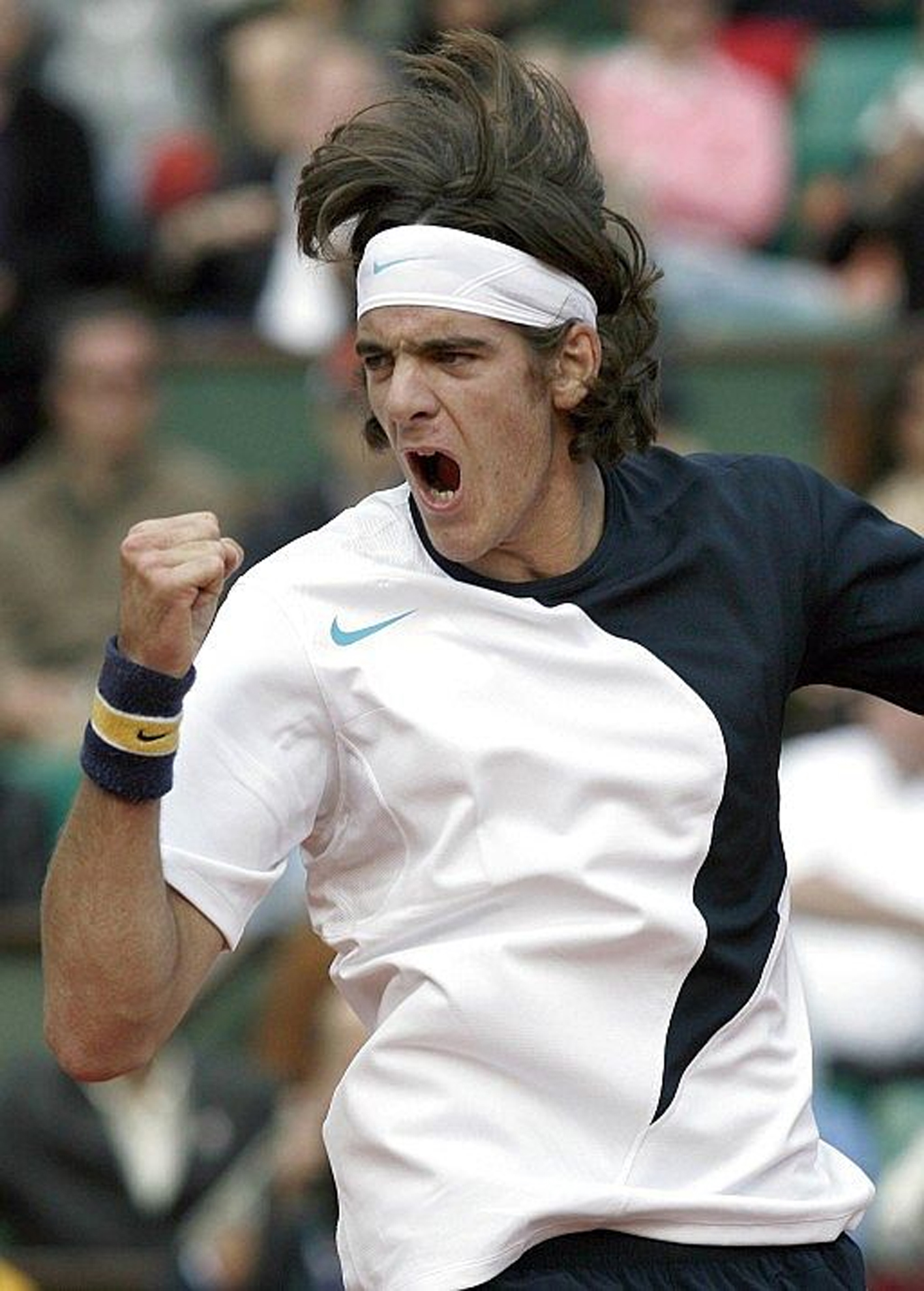Again an apology for not keeping this site up-to-date--I promise though that after the U.S.Open, there will be a complete recap of 2009, with all sayanku ranks held during the year, and updates of all lists and rankings.
Now where do we stand well into the second week of the open?
- In the mens's tournament, Yokozuna (=Grand Champions) Roger Federer and Rafael Nadal continue to go strong. Ozeki (=Champion) Novak Djokovic has defended his rank, reaching the semifinals where he will play Federer in an interesting match-up.
- Andy Murray and Andy Roddick (a former Ozeki) blew their chances for an Ozeki promotion by crahsing out early. They will be demoted from Seikwake (=Junior Champion I) to Komusubi (Junior Champion II). In particular Murray has been close to Ozeki level for some time, but whenever he seems to be ready for the big step ("Ozeki" means "great hurdle" in Japanese), like at the Australian Open this year or now at the U.S. Open, he puts in a substandard performance.
- Slim chances for an Ozeki promotion still have Komusubi Juan Martin del Potro and M3W Fernando Gonzalez, both French Open semifinalists and former Sekiwake, but either would have win the US Open. French Open finalist and Komusubi Robin Soderling will return to Sekiwake after this tournament for confirming his strong form with a quarterfinal participation (where he lost -- again -- to Reoger Federer).
- In the ladies' game, Dai-Yokozuna Serena Williams is going strong, but sister and fellow-Yokozuna Venus Williams lost early, as did all three Ozeki: Dinara Safina, Elena Dementieva, and Svetlana Kuznetsova. Wimbledon seminfalists Safina and Dementieva go kadoban as a result, while Kuznetsova has already lost the Ozeki-rank she regained only recently at the French Open.
- Back in the Sanyaku ranks is former Ozeki Kim Clijsters, at her very first slam following her comeback from a 2-year maternity leave. If she wins the semifinal against Serena, Clijsters is Seikwake. Should she win the tournament she would immediately make it back to Ozeki: a second or higher slam title entitles to an immediate Ozeki promotion outside the normal promotion schedule.
- Fellow Belgian Yanina Wickmayer and the highly regarded talent Carolina Wozniacki have secured their first time sanyaku promotion and will be at least Komusubi after this tournament. The winner of their semifinal will even make it to Sekiwake.
.
.
.
.
.















 Maegashira M2E Juan Martin del Potro reached the quarterfinals by beating M7W Marin Cilic in four sets. Together with his quarterfinal participation at the 2008 US Open this secures del Potro's promotion to Komusubi (=Junior Champion II), his career-first sanyaku rank. Another win in the quarterfinals and the Argentine is Sekiwake (=Junior Champion I). Three more wins and the 2009 Australian Open title and he is Ozeki (=Champion). In the quarterfinals, del Potro will meet Yokozuna (=Grand Champion) Roger Federer, who had more trouble than expected with M8W Tomas Berdyrch.
Maegashira M2E Juan Martin del Potro reached the quarterfinals by beating M7W Marin Cilic in four sets. Together with his quarterfinal participation at the 2008 US Open this secures del Potro's promotion to Komusubi (=Junior Champion II), his career-first sanyaku rank. Another win in the quarterfinals and the Argentine is Sekiwake (=Junior Champion I). Three more wins and the 2009 Australian Open title and he is Ozeki (=Champion). In the quarterfinals, del Potro will meet Yokozuna (=Grand Champion) Roger Federer, who had more trouble than expected with M8W Tomas Berdyrch.